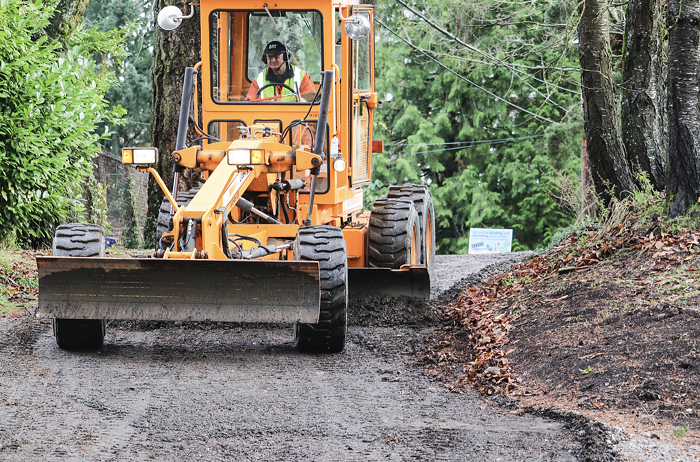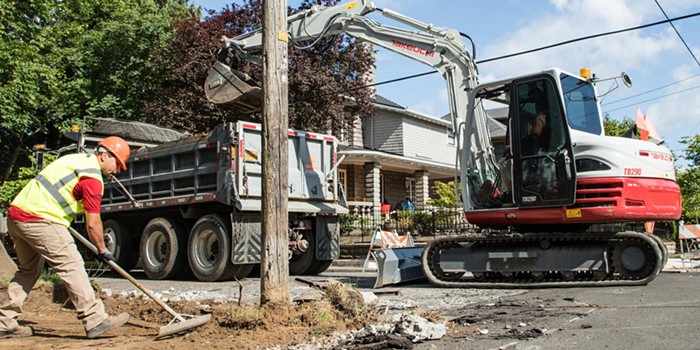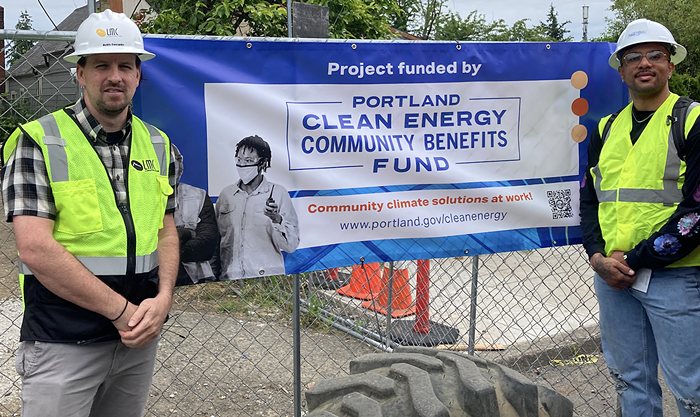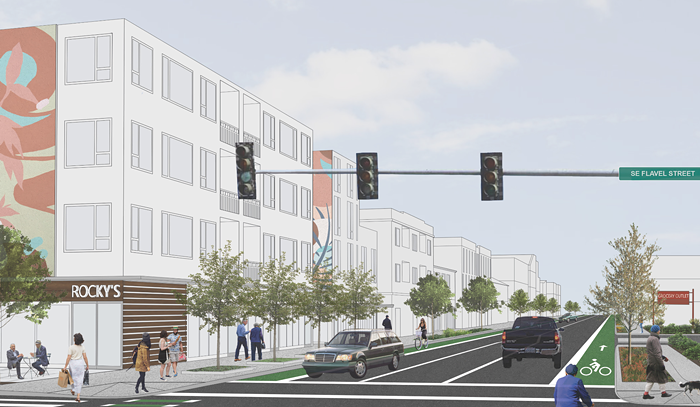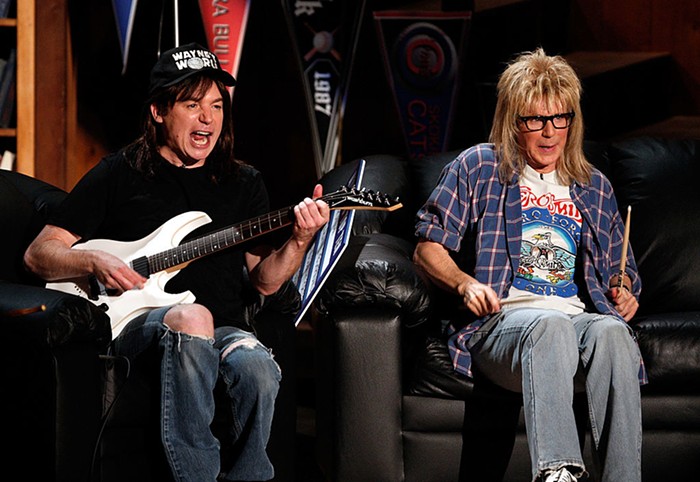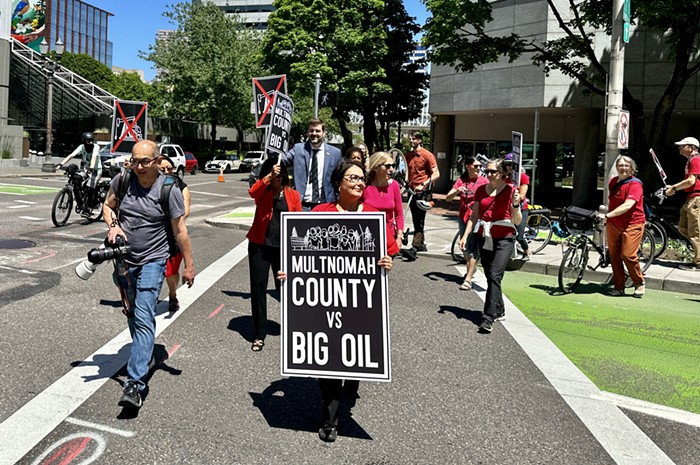Statements from the bureau have so far pinned the blame for cuts on declining gas tax revenue—which is partly true. Because people are driving less these days, gas tax revenues will fall short of initial projections by an average of $4.83 million per year for the next five years.
But PBOT's budget shortfall is $16 million. Where's that $11 million difference coming from?
Much of it comes from large, expensive transportation projects Mayor Sam Adams has committed to—but which don't generate any revenue.
Last year, for example, Adams decided to set aside $8 million from new state gas tax revenue every year for 20 years, starting in 2013, to help fund the Sellwood Bridge rehab. Over the next two years, Adams chose to put $16 million of that new gas tax revenue into building new sidewalks. In addition to those plans, the other biggest new, non-revenue projects on PBOT's plate are the Eastside Streetcar ($1.3 million a year) and debt service on the Portland-Milwaukie Light Rail line ($3.5 million a year, starting in 2013).
"The cuts we face today are of a magnitude we haven't seen in forever, in my knowledge," says PBOT Director Tom Miller.
However, PBOT is committed to sticking to Adams' big promises, even it means cutting deeply into other parts of the transportation budget. "The bottom line is now, until we receive directive otherwise, we will be continuing those obligations. If that means we have to cut elsewhere, in the bureau, we will. The likelihood of opting out of those obligations is pretty remote."
With the exception of the sidewalk money, which is more of a stand-alone capital project, those big projects would be pointless to discontinue funding for at this point—the city got $75 million from federal sources to build the Eastside Streetcar, for example, it can't now just refuse to pay the $1.3 million a year to actually run cars on the tracks. But it is a large pile of cash-poor transportation projects dumped in the lap of the next mayor.
The Eastside Streetcar presents a particularly tricky case. That $1.3 million in annual operations costs was originally supposed to be covered by new parking meters that the city would install around the Central Eastside. But that was a "pre-recession" idea, says Miller. Central Eastside development was slowed in the last couple years and business owners were not hot on the idea of installing meters so, for now, the meter plan is dead. To make up for the lost revenue, PBOT will be digging deeper into its own pockets.

